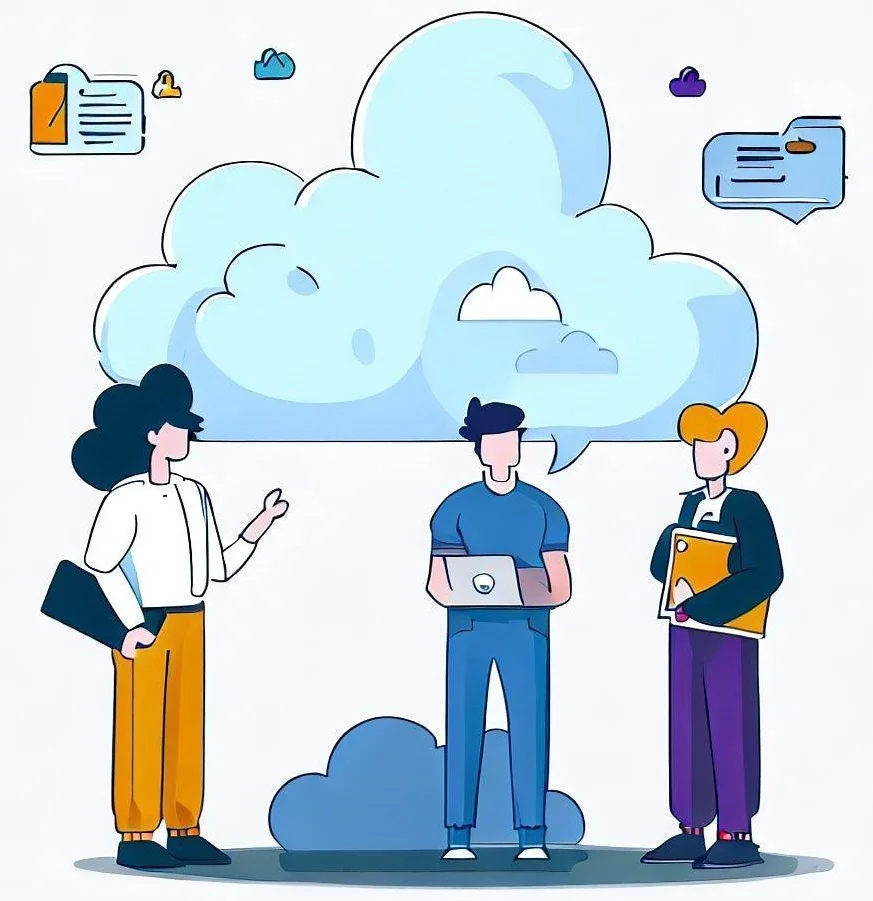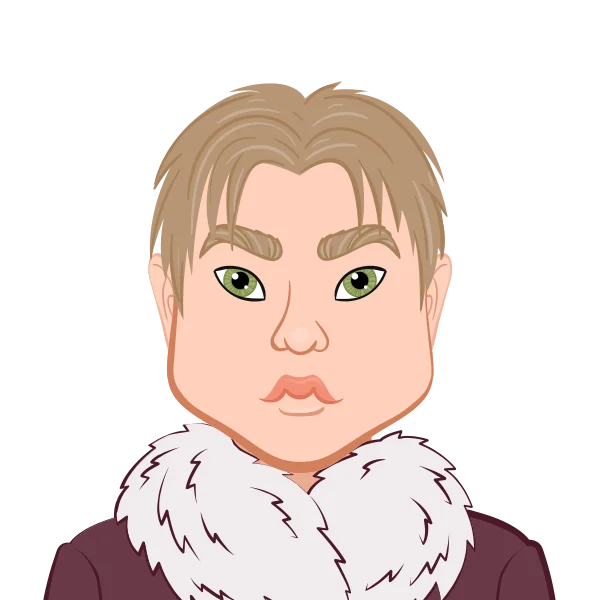The term "Internet of Things" (IoT) is no longer just a buzzword or jargon. It is a fact of everyday life. IoT has significantly impacted our lives, from wearable technology to smart buildings, offices, and cities. Millions of devices are currently connected to the internet and communicating with us and one another to improve the comfort, effectiveness, and intelligence of our lives. The cloud is one technology that is essential to the development of the Internet of Things. The infrastructure for data collection, storage, analysis, and action is provided by cloud platforms, which have emerged as the foundation of the Internet of Things (IoT).
Cloud platforms and IoT are mutually beneficial, enhancing one another. Massive amounts of data are a result of IoT's widespread adoption. As a result of this enormous data influx, cloud platforms, which offer the infrastructure required to process and store this data, have developed and become widely used. The computing power needed to analyze the data and derive valuable insights from it is also made possible by cloud platforms. Anyone wanting to learn more about IoT must therefore comprehend this platform Computer Network Assignment Helpand their role in it.

Getting to Know IoT Cloud Platforms:
Scalable and adaptable IoT solutions are provided by IoT cloud platforms, which are services. These platforms offer functions like data storage, analytics, visualization, device connectivity, and even machine learning capabilities. They essentially act as the intermediary software or glue between the user applications that use the edge data collected from IoT devices. Along with a number of other specialized and sector-specific providers, major tech firms like Amazon (AWS IoT), Microsoft (Azure IoT), and Google (Google Cloud IoT) offer IoT cloud platforms.
These platforms' main purpose is to offer an ecosystem for the effective and secure connection of devices, their management, and the processing of the gathered data. This is accomplished by utilizing a number of strategies and tools, including protocol translation, data routing, device authentication, and encryption. Additionally, data analytics and machine learning services are frequently offered by IoT cloud platforms, enabling users to examine and gain knowledge from the enormous amounts of data gathered by IoT devices.
How IoT is Powered by Cloud Platforms:
By offering comprehensive solutions that cater to the specific requirements of IoT systems, cloud platforms act as the framework that supports the Internet of Things (IoT). They mainly manage the enormous amounts of data generated by IoT devices and provide scalable storage solutions along with potent processing abilities for data analysis. This enables the extraction of significant insights from unstructured data, which can then be applied to improve operations and decision-making. Cloud platforms also make managing devices easier. They include features for device configuration, firmware updates, and authentication, creating a centralized platform for managing massive networks of IoT devices. Last but not least, these platforms provide encryption services, secure data transmission protocols, and regular security updates to address security, a crucial IoT concern. Cloud platforms essentially serve as the foundation for the effective implementation of IoT systems by offering a safe, scalable, and effective setting for data handling and device management.
Data Processing and Storage:
The amount of data generated by IoT is the main problem. IoT devices' sensors continuously generate data. This information must be kept in a location from which it can be retrieved for analysis. Cloud platforms can help with that. They provide expandable storage options that can expand as data volume rises.
Cloud platforms also offer the computing power required to analyze this data. IoT data is just raw data on its own. But these data can be analyzed to find patterns and trends thanks to the processing power of cloud platforms. Users are provided with insights that can be used to streamline processes, spot potential issues, and come to wise decisions.
Device Administration:
There are frequently thousands or even millions of connected devices with IoT. These devices are difficult to manage. By offering features like device authentication, configuration, and firmware updates, cloud platforms provide solutions for this. This greatly simplifies and improves the effectiveness of managing a large number of devices.
Security:
In the IoT, security is a major concern. Devices are susceptible to attack because they are frequently placed in remote or inhospitable areas. Furthermore, sensitive data is frequently transmitted. To help defend against these dangers, cloud platforms provide a number of security features like encryption and secure data transmission. Additionally, they offer security updates to keep gadgets safe from the most recent security risks.
Using IoT Cloud Platforms for Assignments
IoT cloud platforms present a special chance for academic assignments by providing a useful, hands-on method of education and innovation. Students and professionals can experiment with connecting devices, transmitting data, and using data analytics in real-world scenarios thanks to their comprehensive features. IoT cloud platforms provide an environment for practical learning that goes beyond conventional theoretical methods, encouraging experimentation and fostering innovation. By using these platforms for assignments, students and researchers can demonstrate their understanding of IoT and cloud computing and build their professional networks. Such a portfolio can be extremely helpful for academic advancement or job applications. IoT cloud platforms essentially act as real-world laboratories for discovering, investigating, and showcasing IoT technology uses.
Learning by doing:
IoT cloud platforms offer a fantastic opportunity for practical education. The majority of platforms offer a free tier or trial period so you can test out connecting devices, sending data, and data analysis. You can learn a lot from this and get a better understanding of the real-world difficulties posed by IoT.
Innovation and experimentation
IoT cloud platforms offer a great environment for experimentation and innovation in addition to education. You can create and test brand-new IoT solutions thanks to their robust features. These platforms provide you with the resources you need to innovate, whether it's a new kind of sensor, a new IoT data application, or a new technique for data analysis.
Create a Portfolio:
Possessing a portfolio of real-world experience can be extremely helpful for both professionals and students. You have the chance to expand this portfolio thanks to IoT cloud platforms. You can demonstrate your knowledge of IoT and your capacity to apply it in a practical setting by completing assignments on these platforms. When pursuing further education or applying for jobs, this can be incredibly helpful.
Use of IoT Cloud Platform Case Studies:
IoT cloud platform use is prevalent across a wide range of industries, and real-world examples show how transformative they can be. One example is in the field of agriculture, where students created a smart irrigation system using AWS IoT. This system used sensors to keep tabs on weather predictions and soil moisture levels. It then transmitted this information to a cloud platform for analysis and decision-making, optimizing irrigation schedules. In another case, researchers used Google Cloud IoT for a traffic monitoring system in the context of smart cities. Traffic data was gathered by IoT sensors and processed in the cloud to reveal trends and put traffic management plans into place. These instances highlight the various ways that IoT cloud platforms can be used, showcasing their ability to solve real-world problems using creative, data-driven approaches.
Innovative Agriculture
One industry where IoT has been widely embraced is agriculture. Among other things, sensors are used to monitor crop health, weather conditions, and soil moisture levels. After that, a cloud platform receives this data for analysis.
One student created a smart irrigation system using AWS IoT for their senior project. In order to decide when and how much to irrigate, the system used sensors to track soil moisture levels and weather forecasts. To help with irrigation decision-making, the data was sent to AWS IoT for analysis. This project produced a workable solution that could be applied to actual agriculture, as well as serving as a demonstration of the student's understanding of IoT and cloud platforms.
The Smart City:
Another area where IoT and cloud platforms are heavily used is smart cities. In one instance, a team of researchers created a system for tracking and controlling traffic in a city using Google Cloud IoT. They kept an eye on traffic volumes in various parts of the city and at various times of day using IoT sensors. The Google Cloud IoT received this data, which was then analyzed to find trends and make traffic management choices.
This project served as an example of how IoT and cloud platforms can be used to manage intricate systems. It also emphasized how these technologies could potentially raise the standard of living in urban areas.
Conclusion:
In summary, IoT cloud platforms are essential to the development and operation of the Internet of Things. They offer the infrastructure required for data processing, device management, security, and storage. These platforms present an exceptional chance for practical learning, experimentation, and innovation for academics, researchers, and business people. You can develop creative solutions, gain a deeper understanding of IoT, and build a portfolio of work that demonstrates your practical knowledge and skills through practical assignments on these platforms.
